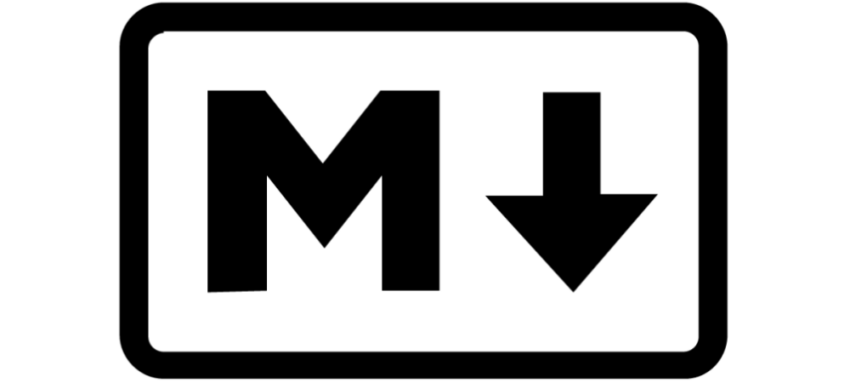Basic Syntax
1. Headings
Use the # symbol to denote headings. The number of # symbols determines the heading level.
# Heading Level 1
## Heading Level 2
### Heading Level 3
#### Heading Level 4
##### Heading Level 5
...2. Paragraphs and Line Breaks
Paragraphs should be separated by a blank line. Adding two spaces at the end of a line creates a line break.
This is the first line.
This is the second line.3. Emphasis (Bold, Italic, Strikethrough)
*Italic* or _Italic_
**Bold** or __Bold__
***Bold Italic*** or ___Bold Italic___
~~Strikethrough~~4. Lists
- Unordered lists use
-,+, or* - Ordered lists use numbers followed by
.
- Unordered item 1
- Unordered item 2
1. Ordered item 1
2. Ordered item 25. Links and Images
[Hyperlink](https://example.com)
6. Code Blocks
`Inline code`
```Code block (enclosed by three backticks)
Multiline code
...
```7. Blockquotes
> This is a blockquote.2. Advanced Syntax
1. Tables
| Header 1 | Header 2 |
| -------- | -------- |
| Cell 1 | Cell 2 |
| Cell 3 | Cell 4 |2. Task Lists
- [x] Completed item
- [ ] Incomplete item3. HTML Support
Markdown supports certain HTML elements.
<p style="color:red">This is a red text.</p>3. Common Syntax Reference Table
| Syntax Type | Markdown Syntax |
|---|---|
| Heading | # Heading Level 1 ## Heading Level 2 |
| Bold | **Bold** |
| Italic | *Italic* |
| Strikethrough | ~~Strikethrough~~ |
| Hyperlink | [Description](URL) |
| Image |  |
| Unordered List | - Item or * Item |
| Ordered List | 1. Item |
| Code Block | \Inline code\ or \\\Code block\\\ |
| Task List | - [x] Completed - [ ] Incomplete |
The syntax above covers the officially supported Markdown features. Mastering these will be sufficient for most documentation needs.
References:
https://www.markdownguide.org/basic-syntax/
https://www.markdownguide.org/extended-syntax/
https://www.markdownguide.org/cheat-sheet/
https://markdown.com.cn/basic-syntax/
https://markdown.com.cn/extended-syntax/

